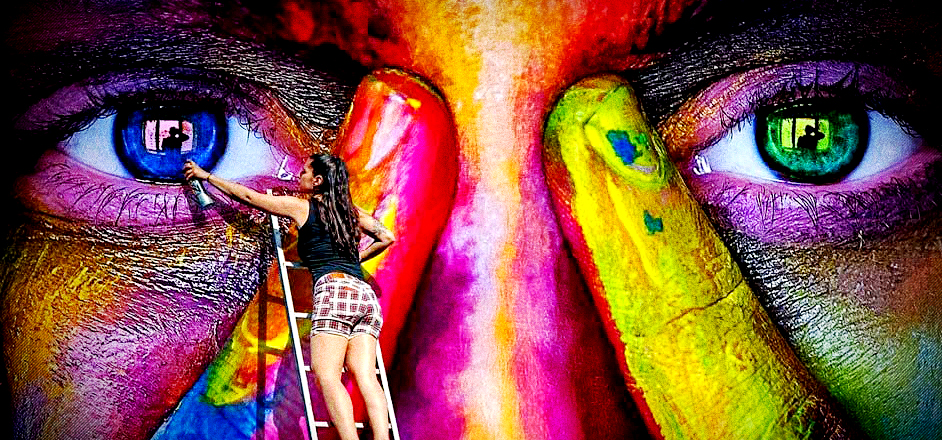Experienced psychedelicists out there have probably realized at some point in their tripping exploits that the psychedelic state of mind seems eerily familiar. It’s surreal, somewhat ethereal … dreamlike, even.
Well, now there’s evidence that explains this feeling exactly. Two separate studies, testing two different hypotheses, have been published in the last four years. Both confirm the same thing: the psychedelic state of mind is very similar that of dream-states.
The most recent study, published in January of 2018, examined over 20,000 first-person accounts from Erowid.org, of more than 100 different psychoactive drugs. They then compared the language used in those accounts to the language used in dream reports from Dreamjournal.net, using a process called “semantic analysis.”
The similarities were uncanny.
“The experiences elicited by certain drugs bear a high resemblance to dreaming,” the study concludes. “We speculate that this higher similarity could be based on the nature of the distortions in perception and self-awareness elicited by these substances.”
While the accounts of people under the influence of psychedelics — like psilocybin and LSD — produced results most similar to dreams, other drugs weren’t so analogous. The accounts of sedatives, stimulants, antipsychotics and antidepressants produced experiences least similar to dreams, according to the study.
“I do believe that lucid dreams are extremely close to the experience elicited by LSD and other psychedelics,” says Enzo Tagliazucci, who authored both of these studies, to Psypost. “Lucidity is key to the psychedelic experience: users do not lose track of undergoing an altered state of consciousness.”
The second study, published in 2014 in the journal "Human Brain Mapping," uncovered similar comparability. Although it arrived at its conclusions by very different means. This study monitored the brains of 15 test subjects before, during and after giving them psilocybin — the active ingredient in “magic mushrooms”.
They discovered the brain’s connectivity increases significantly during a mushroom trip — the patterns of neural connectivity are expanded and even become more active than normal. Both the hippocampus and the anterior cingulate regions of the brain, which are known to be active during dreaming, are stimulated by psilocybin. This suggests the psychedelic altered-mind is using the same parts of the brain as a dreaming mind.
“The present results provide a comprehensive account of the effects of psilocybin on dynamical behavior in the human brain,” the study goes on to say. “And may have implications for our understanding of the unconstrained, hyper‐associative quality of consciousness in the psychedelic state.”



Leave a Reply